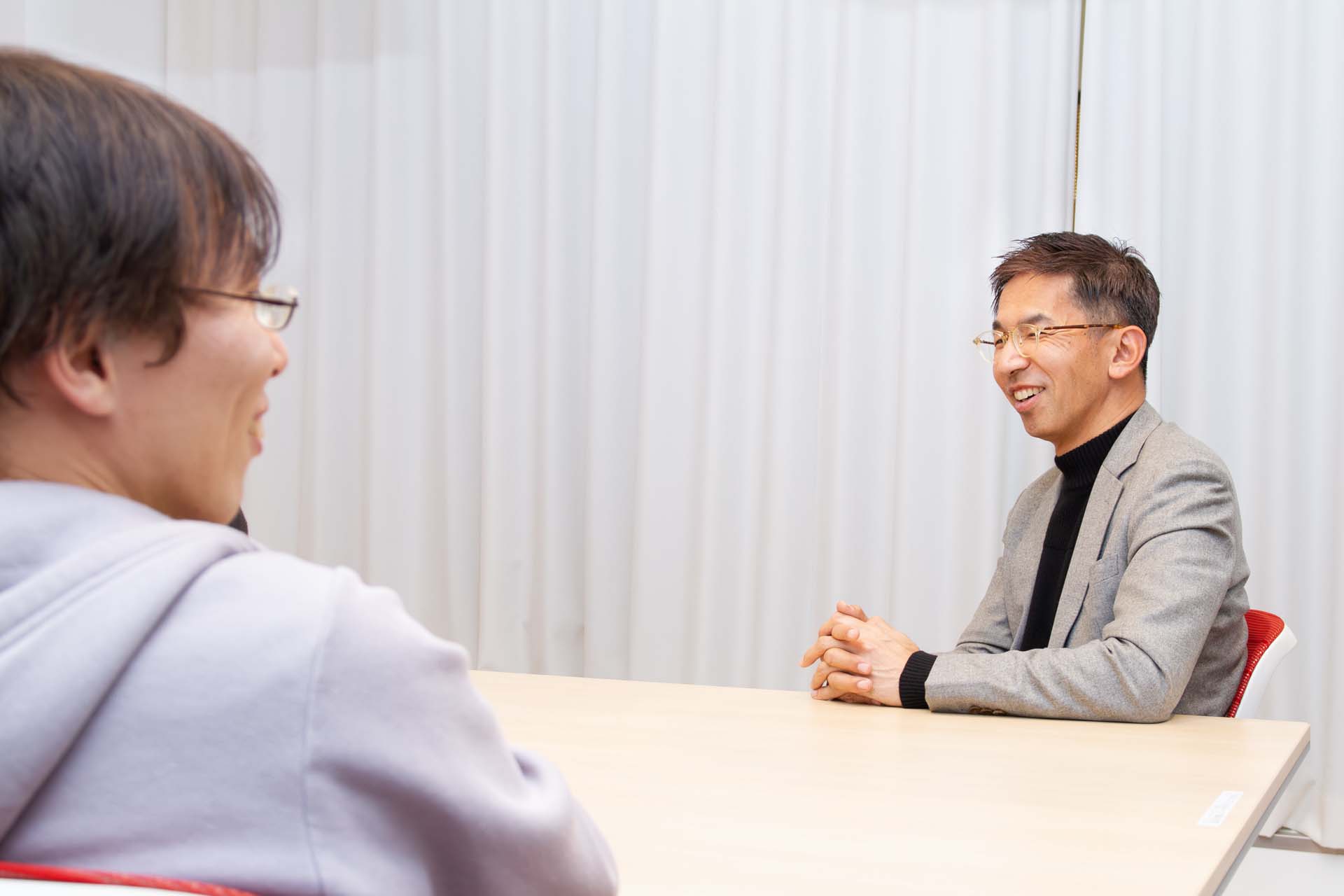What Ex-Wantedly CTO and Ex-Pinterest Japan Country Manager Told Us about a Startup’s "Selection and Concentration"
This article looks into the essence of startup management, learning from the initiatives of HataLuck and Person Inc. (HataLuck).

Written by the Universe Editorial Team
Global Brain (GB) has a team called Value Up Team (VUT) which specializes in supporting portfolio companies in executing business strategies and achieving growth and development.
Yoshinori Kawasaki and Naoki Sadakuni, both Venture Partners of VUT, supported HataLuck from two different angles–development and organizational structure. We sat down with the two to understand the details of their support and the essence of startup management. HataLuck is a company that offers a digital transformation tool named “Hata-Luck” (https://hataluck.jp/) for brick-and-mortar stores.
The “development ROI” that brought the management members together
──Please share the overview of your support for HataLuck.
Sadakuni: VUT considers its support for HataLuck as “comprehensive support.” We support the company in diverse areas ranging from sales to customer data analysis, product strategy, IP, and recruiting. Kawasaki-san’s support for development and my support for OKR were part of the entire initiative.
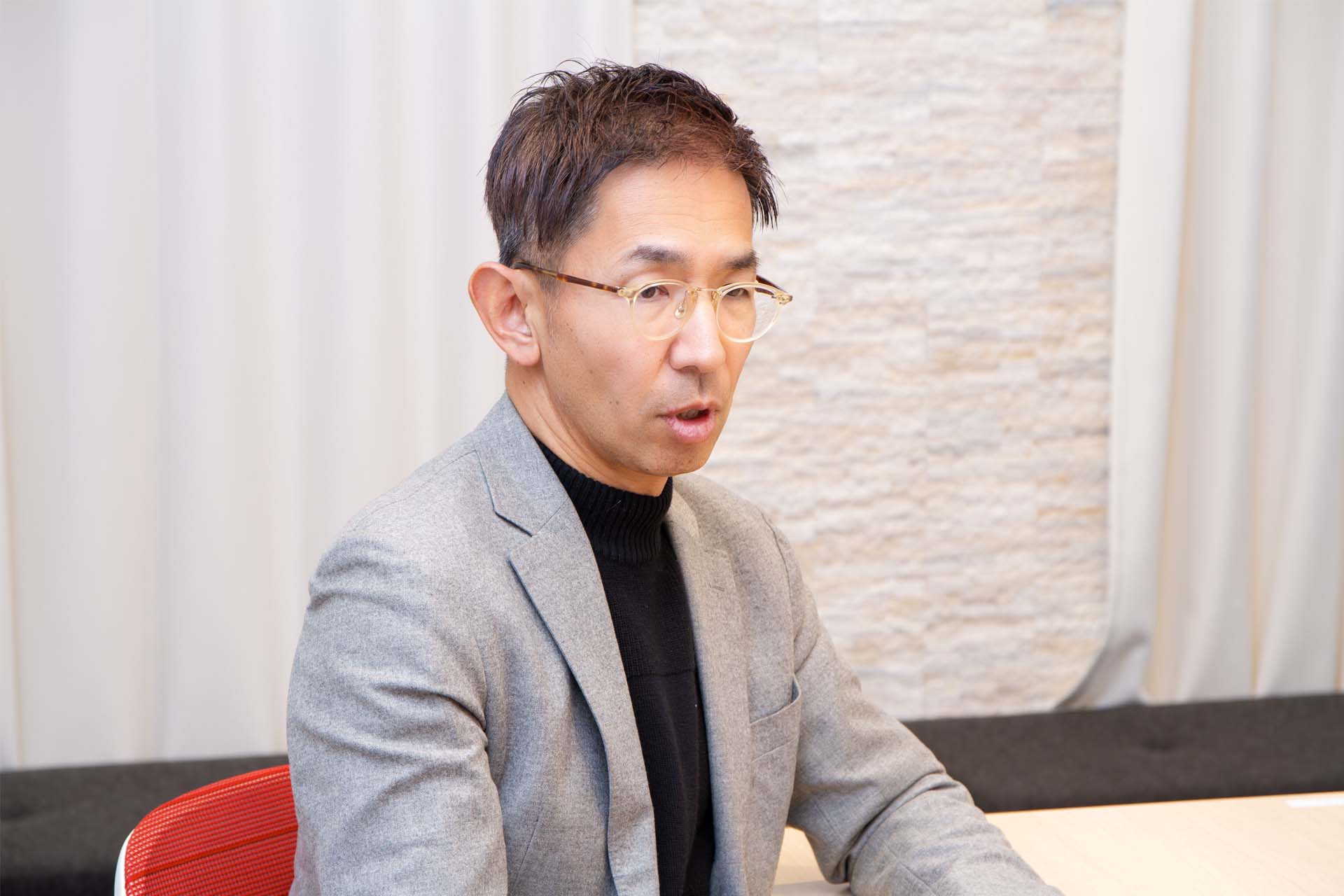
──Kawasaki-san, please tell us more about your support for development.
Kawasaki:What I did was not technological support, so to speak, but rather I helped draw up a plan to make HataLuck’s development process smoother and beneficial for the entire company.
While “Hata-Luck” was steadily growing its customer base and adding more revenue, development releases were slow-paced and the “features wish list” was growing longer and longer.
To identify the cause of this situation, I started by understanding what was happening. I spoke with the product manager and the engineers and did a one-on-one meeting with the CTO Chiba-san. I also asked HataLuck to share the source code with me so I could get a view of the technological aspect.
What I found out as a result of that was that the engineers’ resources were taken up by technical debt. A new direction we came up with was to work on stabilizing the development process rather than developing new features.
However, because HataLuck’s management team lacked a software engineering specialist for long years, they were at a loss regarding “how much personnel expenses should be used to solve technical debt.” They were unable to make quick decisions.
To break out of this situation, we modeled the “development ROI” using the “Four Keys” metrics. These are indicators of software delivery performance developed by the DevOps Research and Assessment (DORA), known for being acquired by Google Cloud.
With the development ROI, using the man-hours of engineers taken up to fix bugs caused by technical debt, you can calculate “the monthly personnel expenses that can be saved by solving the bugs,” “the amount of the saving converted into net profit,” and “the amount of the net profit converted into revenue.”
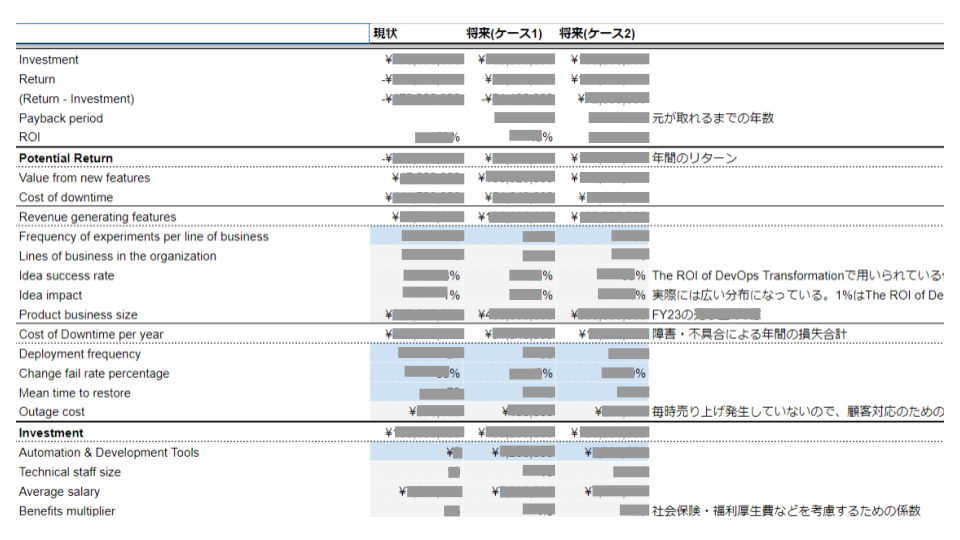
The Four Keys also make it easier to compare different initiatives and decide where you should put your money in. For example, by comparing the profit we can gain by solving technical debt with “the profit we can gain by adding one sales rep” and “the profit we can gain by doubling down on digital marketing,” we can pick the initiative that would give us the highest return.
A company executive should naturally want to invest in the initiative that brings the biggest returns. Although the development ROI simplifies things and is not 100% accurate from a financial standpoint, it makes development easier to understand by “translating” it into management-related money. This was how CEO Someya-san made the decision to prioritize solving technical debt.
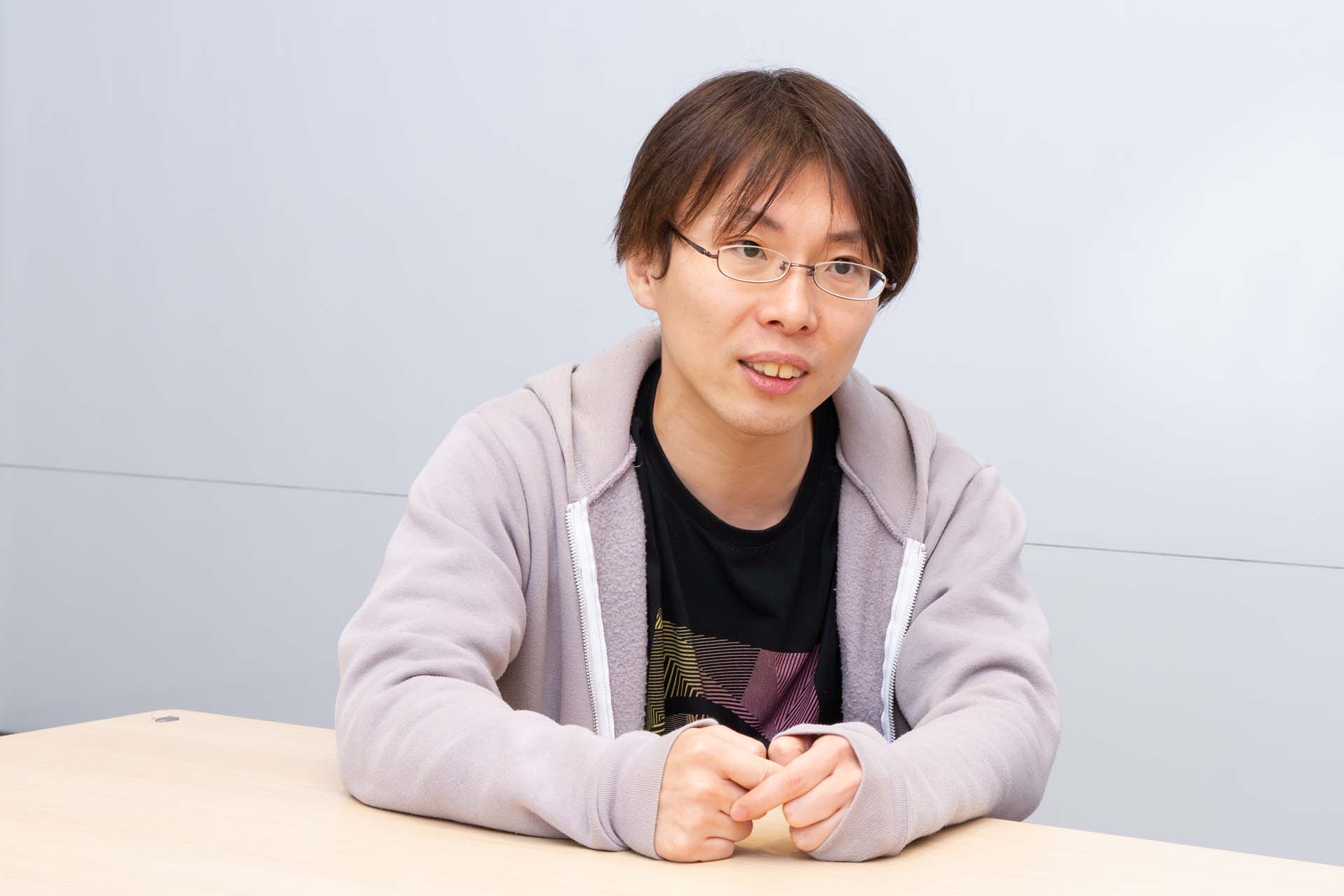
Sadakuni: HataLuck was reviewing its OKRs, and their Objectives (priority issues of an organization) included solving technical debt, which they considered as a top priority.
Although their resources were limited, the management team including non-engineers were able to decide they would “prioritize stabilizing development.” This was a big turning point for HataLuck. The wind changed and the team became more tight-knit.
Just writing down the “goals” is meaningless with OKR
──Sadakuni-san, how did you support the team?
Sadakuni: Since HataLuck’s organization had moved into the expansion phase, the vibes of the early founding times were not functioning to cascade the management’s views and intentions inside the organization.
To understand the organizational challenges more in depth, I interviewed all the middle managers. One challenge I unveiled was the quality of OKR operations. Several managers said, “Although we are using OKRs, the goals are not aligned and we are not doing enough reviews either.” That was how I started restructuring the OKRs.
──What exactly did you do?
Sadakuni: The process can be divided into two steps. The first is making sure the management team is fully convinced of the effectiveness of OKRs, and doing a test-implementation for three months. After the management members are confident that it will work, we move on to the second step which is company-wide deployment.
For the first step, I held explanatory meetings and shared case examples to input the OKR way of thinking among management members. I supported the team in designing the OKRs and operating them for three months. The HataLuck team took it in right away, so we were able to move on to full-scale deployment straightaway.
──What were the “key points of OKR” you shared with the HataLuck team?
Sadakuni:To set the company’s top priority as the Objective.
I will share a baseball metaphor I told HataLuck. If a professional baseball team is setting its OKRs, it is meaningless to set their Objective as “winning the Japan Series.” Every team wants to win. This Objective is equal to “having no Objective.”

However, different teams have different challenges. They can range from an easy-to-understand one like “weak attacks,” to hidden root challenges like “weak trade and draft strategies” or “lack of players’ physical strengths.” The Objective needs to articulate such challenges faced by the team. “Winning the Japan Series” is not a good Objective. It is important for the team to identify “the biggest challenge in winning the Japan Series” and set that as their Objective.
When I look across various startups’ OKRs, I often see something like “achieve XX yen in sales.” This is the same as saying “win the Japan Series” and therefore meaningless to write down. If your company’s Objective includes numerical targets such as sales, you might want to think about reconsidering your OKRs.
An Objective also needs to include a company’s philosophy or the CEO’s passion, which explains why the Objective must be met. Otherwise, members will wonder, “Why is this specific challenge a top priority in our team?
HataLuck did not merely set solving technical debt as their Objective. When CEO Someya-san shared his OKRs with the entire company, he announced, “We are a company that most values our existing customers and should never cause them trouble. This is why our top priority will be to solve technical debt.” Because the CEO’s firm belief was reflected in the Objective, business side members understood why new features were not being developed.
──Yes, I can see how the OKRs will be perceived differently when combined with the CEO’s passion. How is HataLuck using the new OKRs?
Sadakuni: The members are discussing OKRs in their day to day work. CEO Someya-san and the management team are declaring actions to achieve the OKRs and sharing reviews with the entire company on a weekly basis. The managers of each division present their OKR progress at monthly company-wide meetings. The Board of Directors meetings also use OKR progress to report updates.
All of this is not an easy task. Many companies set their OKRs and let it rest until the time comes for review. We see many companies pull out their OKRs from somewhere after six months and say “KR1 70%, KR2 80%…, and that gives us a 75% achievement rate for the past six months, done.” This is not helping at all for OKRs to function effectively in daily operations.
OKRs are very effective in making commitments in “important but less-urgent tasks” that you would otherwise leave untouched forever. In a way, it is a communication tool that aligns all the members to head toward the same direction.
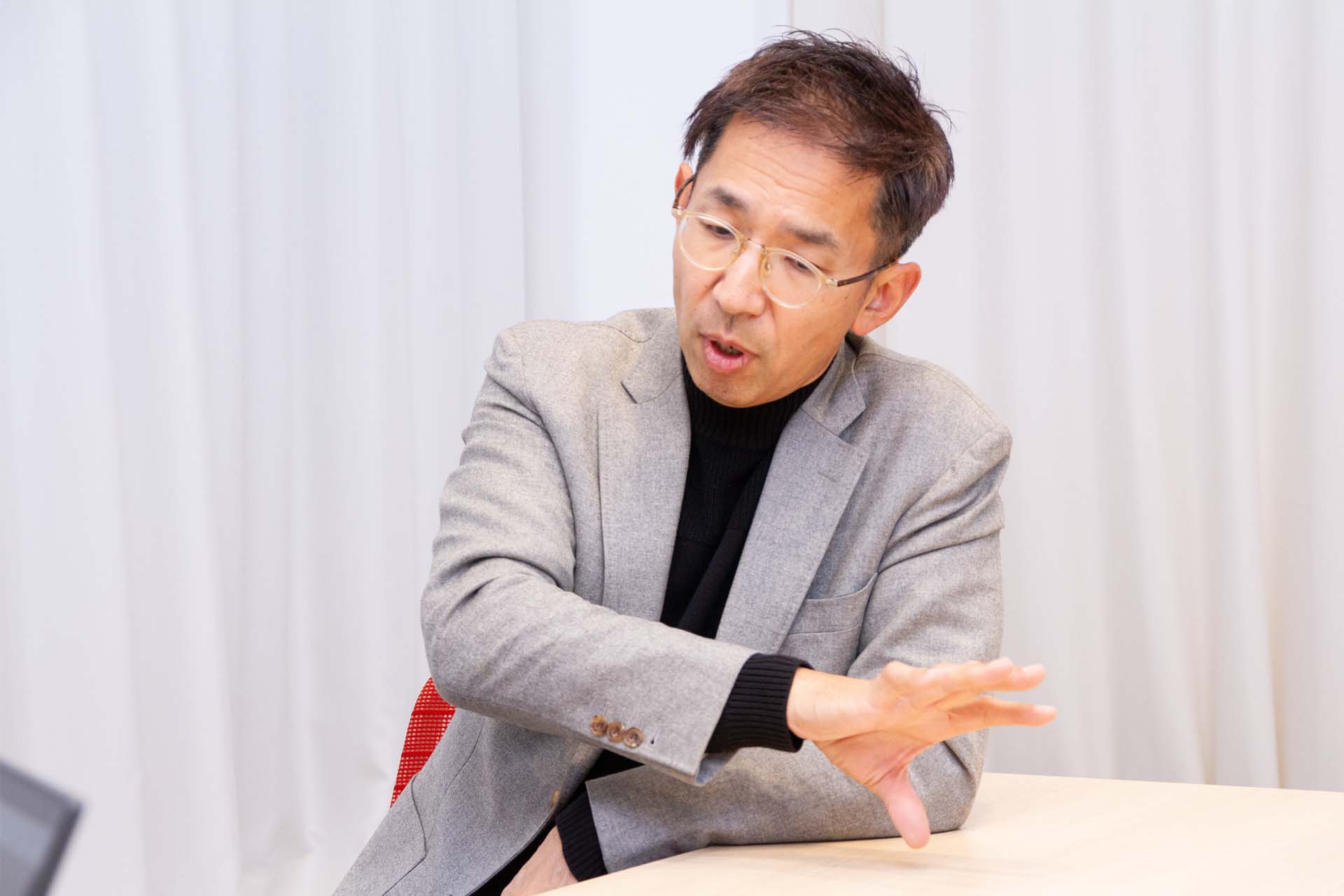
Becoming a startup that can pursue “selection and concentration”
──How has HataLuck changed after your support?
Kawasaki: I feel they are now capable of “selection and concentration” with a long-term view.
Startups aiming for rapid growth cannot help but turn their heads toward short-term sales and therefore cannot resist developing new features one after another that are demanded by the market. However, HataLuck made a choice “to sit tight instead of doing a number of different things, given the situation they were in where technical debt was a bottleneck.” This kind of decision truly requires courage. It is amazing that they were able to come to a consensus not only within the development team but also with the business side.
Sadakuni: The members are no longer saying, “I’m good as long as my team is good.” Instead, they are now going for total optimization and has turned into a team that considers what is best for the entire company.
I just noticed that Kasawaki-san’s support and my support are seemingly different but are actually the same in that both “align people’s perspectives.” The development ROI and the OKRs both function as communication tools to turn the entire company into one team.
Kawasaki: That’s true. It might be thanks to our comprehensive support structure that HataLuck was able to accelerate its selection and concentration to this extent.

──I see. It’s interesting how the two types of support provided value because they were done at the same time. Other than OKRs and development ROI, what do you think a startup must have in order to pursue total optimization?
Kawasaki: Mutual understanding. “When the business and the development teams both understand each other’s situations,” they can decide “what to focus on.” If people have no interest in other teams, you can implement OKRs and development ROI and still end up with an organization that only has complaints popping up here and there, for example, “Why aren’t they doing the development work?” or “Why aren’t they selling?”
Sadakuni: I think that Someya-san’s and the management team’s very high level of commitment was also a success factor. They all had big hearts to listen to outside opinions, and actively implemented anything that might make the company better.
As former startup management members
──Please share your feelings and stances as VUT members. Kawasaki-san, what led you to join the VUT?
Kawasaki: After serving as CTO at Wantedly for 10 terms, I left the company in 2022 and was supporting startups by myself. However, there was a limit to what one person could do alone. I can offer support focusing on development, but it was difficult to help out with other challenges that involved other members, like what we did with HataLuck’s case. It was at that time Ninomiya-san* who was doing development support in the VUT reached out to me.
*This article is in Japanese only.
We often say that CEOs are lonely but the same goes for CTOs. It is very tough when you understand the technology but do not have anyone who you can put your heads together at the same level. I was supported by the other senior CTOs who gave me many pieces of advice, so I wanted to pay it forward. I felt I could do so through the VUT’s initiatives, which is why I decided to join the team.
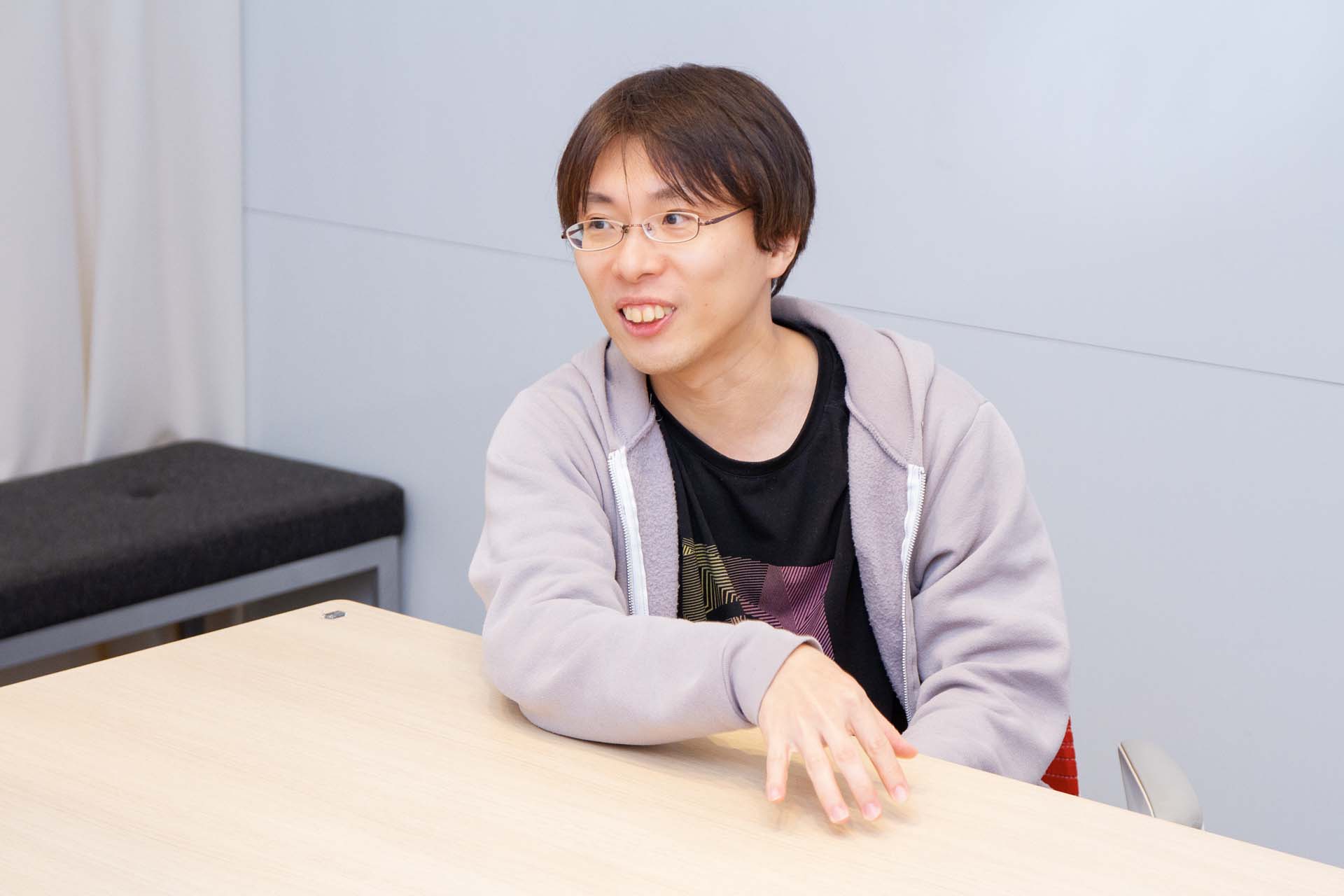
──How is it different from supporting startups as an individual?
Kawasaki: The VUT has members who offer support not only for development but also for the business aspect. Supporting startups by communicating with the VUT’s business support members is something I would not be able to do if I was working all by myself. With partially optimized support, it is sometimes difficult to notice the challenges happening in other areas, and therefore unable to solve the root issue. The VUT offers big value in how it supports startups wholly from both business and development perspectives.
──Sadakuni-san, you have worked at companies like Google and Square, and was the Country Manager of Pinterest Japan. What makes your VUT work fulfilling?
Sadakuni: Including light support, I have been involved in dozens of startups as a VUT member. Not every job can give me this kind of experience and I find it very fulfilling.
Although the startups I support are different from the companies I have worked for before both in terms of the products and services they offer, they are the same from a macro perspective in that “something happens every day” and “they can only do three out of 100 things on the wish list because of limited resources.” My hard days from the past are actually helping me in communicating with the startups.
──Lastly, do you have any views on how you want to work with the startups going forward?
Kawasaki: Because I was the first full-time engineer at Wantedly, I can understand very well what the engineers are doing on-site and what feelings they have. On the other hand, since I was an executive at a public company after all, I understand the difficulties of working as a management member to maximize the business value in the long-term. Leveraging both experiences, I am willing to work as a good supporter for the development team and bridge the development and the management teams. I would like to support both the business and the engineering aspects.
Sadakuni: As a reaction to having worked for a foreign company for a long time, I want to “vitalize Japan even more.” Japan is facing a decreasing population and its average age is going up. If we only have businesses that use up existing assets, the economy will gradually get worse and worse. Which is why we need startups that can create new things. If I could leverage my experience to give positive impact here, I am more than lucky to have this job.
